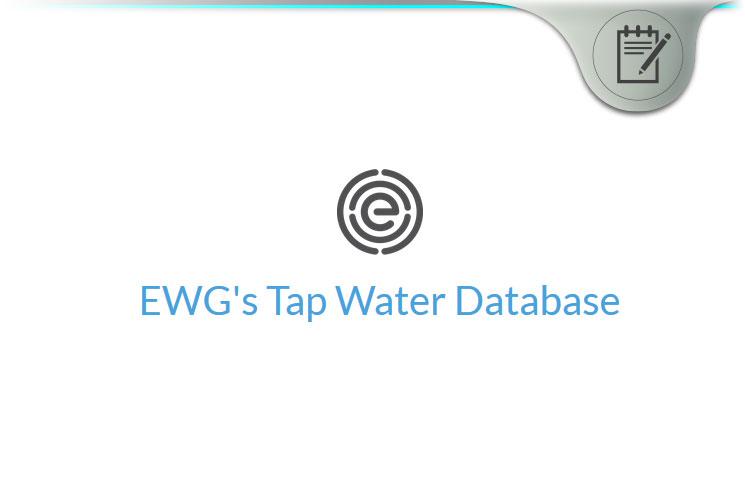Water plays an important role in regulating the body. It makes up approximately 70% of the entire body; hence surviving without water is nearly impossible. Unfortunately with many toxins, bacteria and other types pollutants lingering in existing water sources, it is tough to say that all water is clean.
How can consumers prevent the consumption of contaminated water? Curious to find out what’s in drinking water? EWG’s Tap Water Database may have the answers.
The EWG’s Tap Water Database may help consumers make the right choices when it comes to drinking water from the tap. Its goal is to ultimately enrich one’s health, as well as those around them. Its informative manner does not only alert, but it can also educate consumers on the potential harms of drinking dirty water.
This review will analyze the EWG’s Tap Water Database in terms of its purpose, the quality of information provided and its uniqueness.
What is the EWG’s Tap Water Database?
EWG’s Tap Water Database is a free online database that provides consumers’ information on water contamination and its negative effects.
Consumers can search their water utility, based on their area code, to assess contamination levels in comparison to the Unites States of America as a whole. It contains informative advise on the different types of chemicals, and how to avoid them via filtration devices and systems.

How resourceful is the EWG’s Tap Water Database?
The EWG’s Tap Water Database is resourceful given that it is a compilation of 28 million water records, which are derived from close to 50,000 water utilities existing in all 50 states.
According to their research, there exists over dozens of contaminants across the U.S that can potentially compromise one’s health in the short and long run.
What Differentiates the EWG’s Tap Water Database From Other Resources?
Its quality source of information is what differentiates the EWG’s Tap Water Database from the rest. The following is a breakdown of the type of information provided:
- Precise picture of water quality on an annual basis
- Complete test results for each and every type of pollutant regardless of legal limits
- Comparison of consumers of all age to the safety levels of pollutants advised by scientists
- Comparison of test results with the state and national averages
In addition to the different types of information, consumers can enhance their knowledge by reading through the basics of lead, the correlation between farming and water, the current state of American water, EWG’s Water Filter Guide and many more thought provoking yet proven facts.
Final Verdict
The daily water intake is 8 glasses of water per day. How many of them can consumers confidently label as safe? Drinking contaminated water can have a negative impact on one’s health because it can induce gastrointestinal illnesses such as nausea, vomiting sensations, stomachaches to eventually death depending on its severity.
With access to the EWG’s Tap Water Database, not only will it allow consumers to retrieve valuable information, but it can also promote one to make positive changes in intake. By getting down into action and cleaning dirty water using water filters advised by the database, consumers can enhance the quality of their life.
Most importantly, consumers can pay it forward by bringing awareness of the issue of poor water quality to the entire community. Each and every lifesaving tip or advice provided can be dated back to solid evidence, researches, and figures within the U.S; making it all the more reliable.
For more information, go to: https://www.ewg.org/tapwater/#.WXspDbpFzVI.









